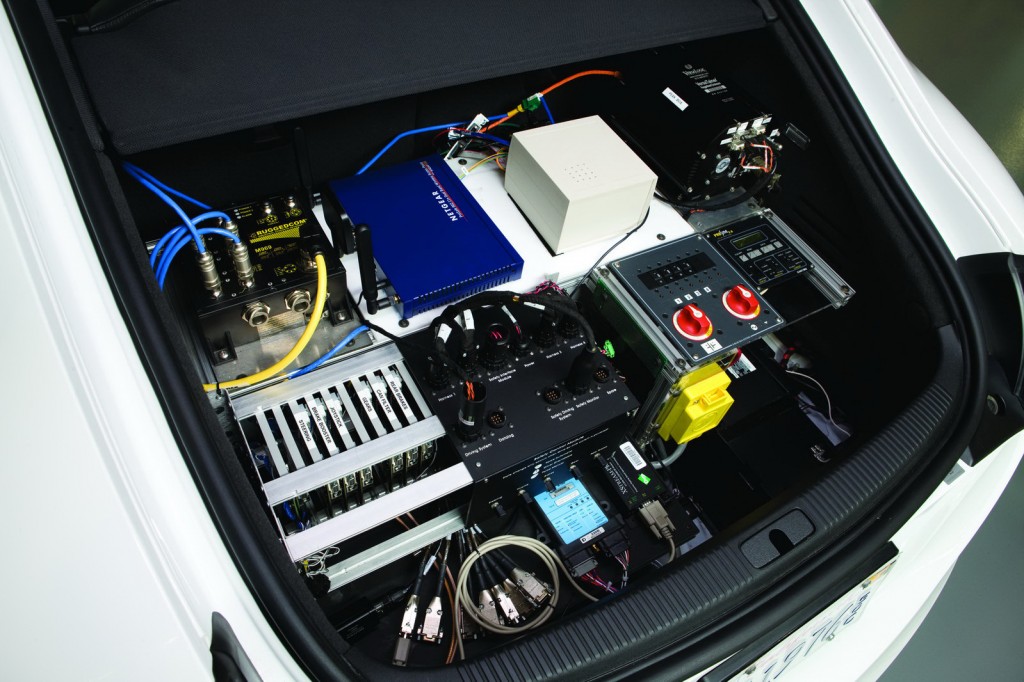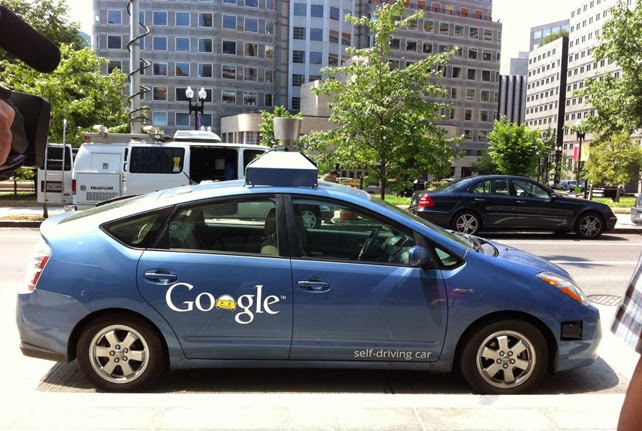We all know the potential benefits that would come with self-driving cars, such as reduce traffic, smoother rides and elimination of roads deaths etc. But, apart from the benefits, many of us want to know how self-driving cars work or the technology assisting these cars to transport themselves without a human driver. Below are the technology helping self-driving cars to fulfill the transportation capabilities of a traditional car.
Laser
This laser, located on the car's roof, gives the vehicle a 360-degree understanding of its environment so that the car can sense objects in front of, beside,and behind itself at the same time. all the time. The laser also helps the vehicle to determine its location in the world.
Radar
This sensor detects vehicles and other objects far ahead and measures their speed so that the car can safely slow-down or speed up with other vehicle on the road.
Position sensor
This sensor located in the left wheel hub detects the rotations made by the wheels of the car to help the vehicle understand its position on the map.
Orientation Sensor
located in the interior of the car, is similar to the way a person's inner ear gives them a sense of motion and balance, it works to give the autonomous car a clear sense of orientation.
Processor
Information from the sensors is cross-checked and processed by the software so that different objects around the vehicle can be sensed and differentiated accurately and safe driving decisions can then ne made based on all the information received.
Video camera
A camera mounted near the rear-view mirror detects traffic lights and helps the car's on-board computers recognize moving obstacles like pedestrians and bicyclists.

|
| On board computers |
